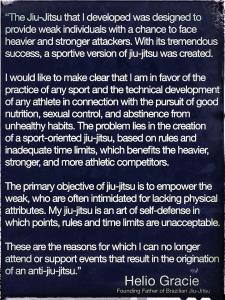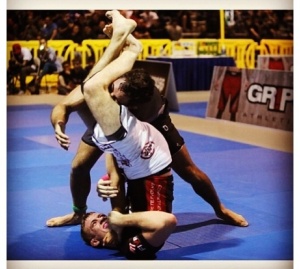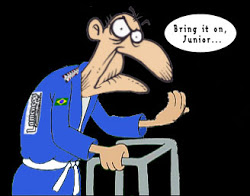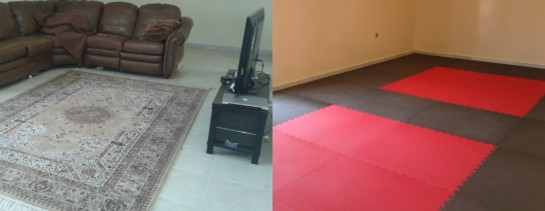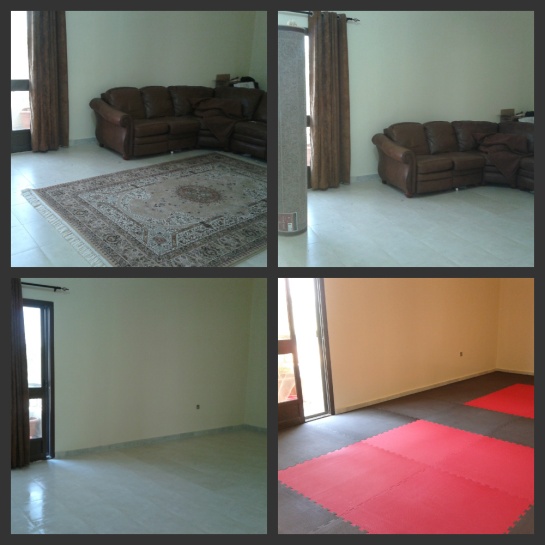If you read my last post, then you probably know that I’m back in NYC. After spending 5 months in Abu Dhabi, having a great time, meeting some cool people (like Lucio Linhares), and having some awesome training, it was time to come home. I’m really grateful for all of the jiu-jitsu practitioners who welcomed me with open arms (and armbars, triangles, and rear-naked chokes), and to the black belts who taught me so much. My jiu-jitsu has improved greatly because of their willingness to take the time and help me out during our rolls. I had a great experience in my training, which was both enlightening, and humbling.
That being said, I do have this to say about jiu-jitsu in Abu Dhabi – it’s focused too much on competition. I commend what the sheikhs are trying to do there, and understand that they’re trying to spread jiu-jitsu to that part of the world – and quite frankly, I think it’s awesome that the princes and rulers like jiu-jitsu – but building all of the jiu-jitsu around competition is too extreme. While I was there, I had white belts and blue belts training with me like their life depended on it. Forget about rolling as if they were in a competition match, some of them were training as if they were in a UFC fight.
The learning focus is also on competition, meaning lower belts learn moves they think will help them win competitions, and they still don’t know the basics, and have trouble executing things like the knee-elbow escape in a live training round. These are some of the dangers of having the entire focus of jiu-jitsu on competition. Don’t even get me started about the obsession with points.
What the Emirates need now to continue to grow jiu-jitsu are actual jiu-jitsu schools. For example, the place that I trained wasn’t exactly a jiu-jitsu school. The black belts who are in the country have a space inside of a sports center, where they put down mats and they train every night. Then they set up classes for the lower belts, and two black belts volunteered to teach the class. They weren’t even getting paid. I can’t thank them enough for teaching us just for the sake of teaching us. The sharing of knowledge is a fundamental principle of any martial art.
Several formal schools and dojos have started popping up, such as the Nogueira school in Dubai, and are beginning to teach self-defense jiu-jitsu, and more traditional Gracie jiu-jitsu, and I think as more of these dojos open, the jiu-jitsu of the Emirates will start to shift out of the extreme, and won’t be focused entirely on competition jiu-jitsu.
There is nothing wrong with jiu-jitsu competitions in and of themselves – I’ve done a few myself, and I’m not saying don’t compete (I’m merely echoing the calls of Helio Gracie), but as we see, competition jiu-jitsu is separating from traditional jiu-jitsu. It’s becoming something else – it is becoming a sport. And what that means, is that it’s slowly becoming less and less of a martial art. You have short, timed rounds, which means competitors increasingly have to rely on strength and speed to win, and you have a points system that gives merit to positions considered lower on the spectrum in traditional jiu-jitsu. None of these principles align with the principles jiu-jitsu that was created with. As far as competitions go, they should be to have fun, to have the opportunity to roll with jiu-jitsu practitioners from around the world, and to bring the people of the gentle art closer together.
Oss! See you on the mat.

